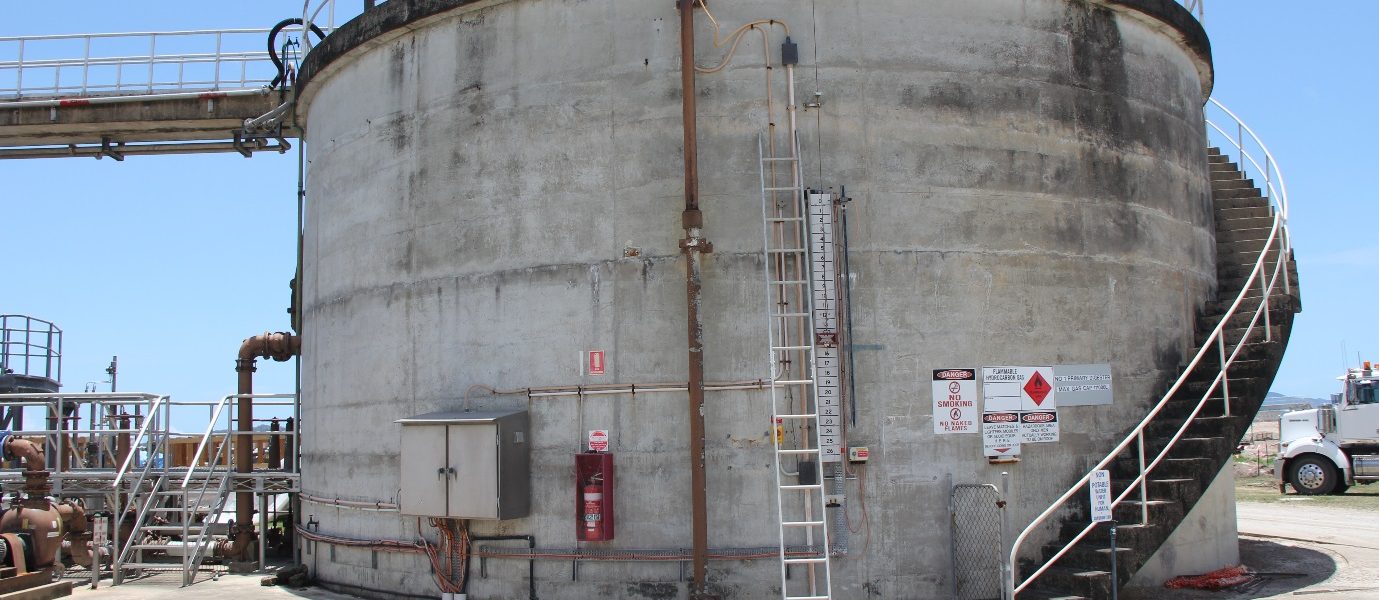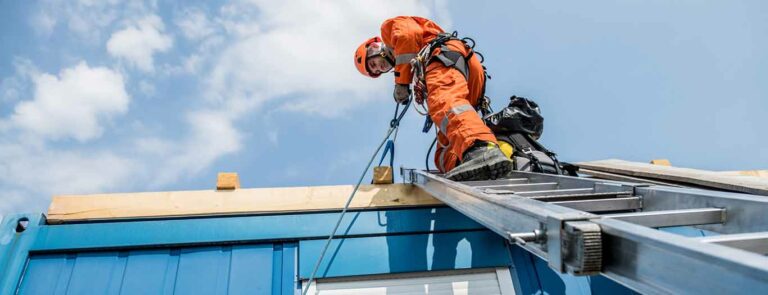Facts About Roar Solutions Revealed
Facts About Roar Solutions Revealed
Blog Article
The 4-Minute Rule for Roar Solutions
Table of ContentsThe Definitive Guide for Roar SolutionsSee This Report about Roar SolutionsNot known Factual Statements About Roar Solutions
In order to shield installments from a prospective explosion an approach of analysing and classifying a possibly harmful location is required. The objective of this is to guarantee the appropriate option and setup of tools to ultimately prevent an explosion and to guarantee safety and security of life.
(https://www.cybo.com/AU-biz/roar-solutions)
No tools ought to be installed where the surface area temperature level of the equipment is more than the ignition temperature of the offered danger. Below are some usual dirt harmful and their minimal ignition temperature level. Coal Dust 380C 225C Polythene 420C (thaws) Methyl Cellulose 420C 320C Starch 460C 435C Flour 490C 340C Sugar 490C 460C Grain Dust 510C 300C Phenolic Resin 530C > 450C Aluminium 590C > 450C PVC 700C > 450C Soot 810C 570C The chance of the hazard existing in a concentration high adequate to create an ignition will differ from area to place.
In order to identify this threat an installment is separated right into locations of risk relying on the quantity of time the unsafe is existing. These locations are described as Zones. For gases and vapours and dusts and fibres there are three zones. Zone 0 Area 20 A harmful ambience is extremely most likely to be existing and may be existing for extended periods of time (> 1000 hours annually) or also continually Area 1 Zone 21 A harmful ambience is possible but unlikely to be present for extended periods of time (> 10 450 C [842 F] A classification of T6 means the minimal ignition temperature level is > 85 C [185 F] Hazardous area electric equipment maybe made for usage in greater ambient temperatures. This would certainly suggested on the score plate e.g. EExe II C T3 Ta + 60C( This implies at 60C ambient T3 will not be exceeded) T1 T1, T2, T3, T4, T5, T6 T2 T2, T3, T4, T5, T6 T3 T3, T4, T5, T6 T4 T4, T5, T6 T5 T5, T6 T6 T6 A T Class ranking of T1 suggests the maximum surface area temperature produced by the instrument at 40 C is 450 C. Thinking the associated T Class and Temperature level rating for the tools are ideal for the area, you can constantly utilize an instrument with a more rigorous Department score than needed for the location. There isn't a clear response to this question regrettably. It truly does rely on the kind of tools and what repairs need to be lugged out. Devices with particular examination treatments that can not be done in the area in order to achieve/maintain 3rd party ranking. Should return to the factory if it is before the tools's service. Area Fixing By Authorised Personnel: Difficult testing may not be needed however certain procedures might need to be followed in order for the devices to preserve its 3rd party rating. Authorized personnel should be utilized to execute the job appropriately Fixing need to be a like for like substitute. New part have to be taken into consideration as a direct replacement requiring no special testing of the devices after the repair is full. Each piece of equipment with a hazardous score ought to be assessed separately. These are described at a high degree listed below, however for even more detailed information, please refer straight to the standards.
9 Easy Facts About Roar Solutions Explained
The equipment register is a comprehensive data source of equipment records that includes a minimum collection of fields to identify each thing's place, technological specifications, Ex category, age, and ecological data. This details is vital for tracking and handling the equipment successfully within hazardous areas. On the other hand, for periodic or RBI sampling assessments, the quality will certainly be a combination of Detailed and Close assessments. The ratio of In-depth to Close assessments will be figured out by the Equipment Danger, which is analyzed based on ignition danger (the probability of a resource of ignition versus the possibility of a combustible ambience )and the hazardous area category
( Area 0, 1, or 2). This variation will certainly likewise influence the resourcing needs for work preparation. When Whole lots are specified, you can create tasting strategies based upon the sample size of each Whole lot, which refers to the number of random devices things to be examined. To determine the needed example dimension, 2 facets require to be evaluated: the dimension of the Lot and the category of assessment, which indicates the level of initiative that should be used( decreased, regular, or increased )to the evaluation of the Great deal. By integrating the group of evaluation with the Lot dimension, you can then establish the suitable rejection standards for an example, meaning the allowable variety of faulty items discovered within that example. For even more details on this process, please refer to the Energy Institute Guidelines. The IEC 60079 conventional suggests that the maximum period in between examinations should not surpass 3 years. EEHA inspections will certainly additionally be performed outside of RBI campaigns as part of set up upkeep and tools overhauls or fixings. These examinations can be attributed towards the RBI sample dimensions within the influenced Great deals. EEHA assessments are conducted to identify faults in electrical tools. A heavy racking up system is important, as a solitary item of tools might have numerous faults, each with varying levels of ignition threat. If the mixed rating of both examinations is less than two times the mistake score, the Lot is considered acceptable. If the Whole lot is still considered unacceptable, it has to go through a complete examination or reason, which might cause more stringent inspection procedures. Accepted Whole lot: The reasons for any kind of faults are recognized. If a typical failing mode is discovered, additional devices might need assessment and repair. Mistakes are categorized by extent( Safety and security, Stability, House cleaning ), guaranteeing that immediate issues are examined and dealt with without delay to reduce any kind of effect on safety and security or operations. The EEHA data source must track and tape the lifecycle of mistakes along with the corrective actions taken. Carrying out a durable Risk-Based Evaluation( RBI )method is crucial for ensuring compliance and security in handling Electrical Devices in Hazardous Locations( EEHA) (eeha). Automated Fault Rating and Lifecycle Monitoring: Easily take care of faults and track their lifecycle to improve examination accuracy. The introduction of this support for risk-based evaluation additionally reinforces Inspectivity's placement as a best-in-class remedy for governing conformity, along with for any kind of asset-centric evaluation use instance. If you have an interest in discovering more, we invite you to ask for a presentation and find how our remedy can change your EEHA administration processes.
A Biased View of Roar Solutions

In terms of eruptive danger, an unsafe area is a setting in which an explosive atmosphere is present (or may be expected to be existing) in amounts that need unique precautions for the construction, installment and use equipment. hazardous area course. In this post we check out the obstacles encountered in the work environment, the risk control actions, and the needed competencies to function safely
It is a consequence of contemporary life that we make, keep or deal with a variety of gases or liquids that are considered flammable, and an array of dusts that are considered flammable. These materials can, in certain conditions, create explosive environments and these can have significant and tragic repercussions. The majority of us know with the fire triangular eliminate any kind of among the three components and the fire can not occur, however what does this mean in the context of unsafe areas? When damaging this down into its easiest terms it is basically: a mix of a specific quantity of release or leak of a specific material or product, try this web-site combining with ambient oxygen, and the visibility of a source of ignition.
In most instances, we can do little regarding the levels of oxygen airborne, yet we can have significant influence on sources of ignition, as an example electric devices. Harmful locations are documented on the dangerous area classification drawing and are determined on-site by the triangular "EX LOVER" indicator. Below, amongst various other crucial details, zones are split into three kinds depending upon the hazard, the chance and duration that an eruptive environment will certainly exist; Area 0 or 20 is regarded the most unsafe and Area 2 or 22 is considered the least.
Report this page